Combined with a companion bill in the House, this legislative effort would also provide resources to state agencies facing a looming crisis for wild deer and elk herds
Just days into the lame duck session, Sens. John Barrasso, Doug Jones, and Michael Bennet have introduced legislation to ramp up on research and testing for chronic wasting disease in deer, elk, and other cervids. Combined with a companion bill previously introduced in the House by Rep. Ralph Lee Abraham, the aim of the bill would be to understand as much as possible about this always-fatal disease and implement research findings as a critical component of a nationwide response to CWD.
“Chronic wasting disease has negatively affected white-tailed and mule deer in Wyoming for decades,” says Sen. Barrasso. “To protect our wildlife populations and our hunters, we need to know more about how this disease is spread and which areas are most at risk. Our bill gives wildlife managers the tools they need to research and identify exactly where chronic wasting disease is most prominent and how we can better prevent it. It’s a critical first step to addressing this debilitating disease and keeping our wildlife herds healthy.”
“Passing legislation to ultimately help curb the spread of chronic wasting disease is one of our top priorities for the remaining weeks of this Congress,” says Whit Fosburgh, president and CEO of the Theodore Roosevelt Conservation Partnership. “Misinformation about CWD and how we should deal with it as a hunting community is almost as rampant as the disease itself, and we need definitive research to chart an ambitious path toward recovery. In the meantime, sportsmen and women are prepared to do our part, and that includes advocating for necessary funding and demanding updates to management practices that have failed our wild deer and elk herds in the past.”
The bill directs the National Academy of Sciences to conduct a study on how CWD is transmitted in wild, captive, and farmed deer in the United States. The goal would be to identify all factors that contribute to the spread of the disease and hone in on where deeper research is needed. The bill also calls for a review of the best practices and standards for managing CWD in both captive and wild deer, to result in a report of findings and recommendations.
“We strongly support this important legislation, which, if passed, would aid to combat a serious wildlife health issue,” says Ed Carter, president of the Association of Fish and Wildlife Agencies and executive director of the Tennessee Wildlife Resources Agency. “Chronic wasting disease may be one of the biggest challenges in modern wildlife conservation history, and it will take funding for the best possible science, and many other efforts, to respond swiftly and appropriately.”
The rampant spread of CWD could have a major impact on the future of deer hunting and funding for wildlife habitat conservation. More than 80 percent of the hunting public participates in deer hunting and contributes more money to conservation funding than any other type of outdoor enthusiast through the purchase of licenses and gear.
“We applaud the sponsors of this bill for recognizing that CWD is the most significant wildlife disease issue in more than 100 years,” says Brian Murphy, CEO of the Quality Deer Management Association. “It is an imminent threat to our wild deer herds, which help generate $39.5 billion in economic impact from hunters annually, supporting hundreds of thousands of jobs and serving as the backbone for conservation funding in the United States. These deer also, quite literally, provide nearly one billion wholesome meals to Americans each year. The spread of this disease must be stopped.”
Currently, testing for CWD can take time because of the limited number of laboratory facilities across the country, and there are significant cumulative costs for state fish and wildlife agencies. The Center for Disease Control does not recommend eating venison from CWD-positive deer.
“Clearly a concern about deer being safe to eat has a negative impact on new hunter recruitment, as well as the retention of existing deer hunters,” says Nick Pinizzotto, president and CEO of the National Deer Alliance. “Many new deer hunters became attracted to the sport due to a desire to collect their own safe and organic food, and now that premise is being threatened by this horrible disease. This important bill will help get us the answers we need.”
For more information on chronic wasting disease, click here.

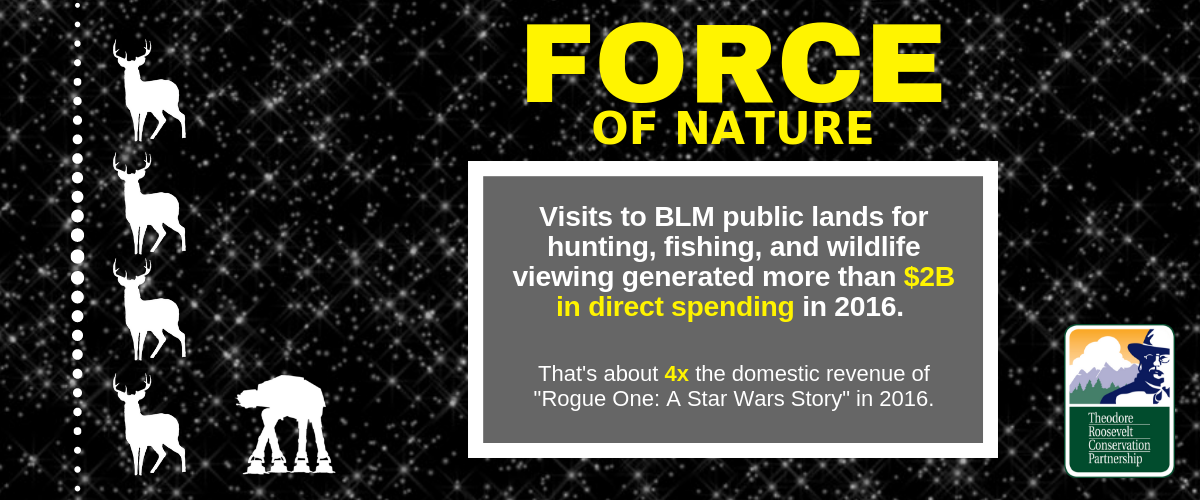
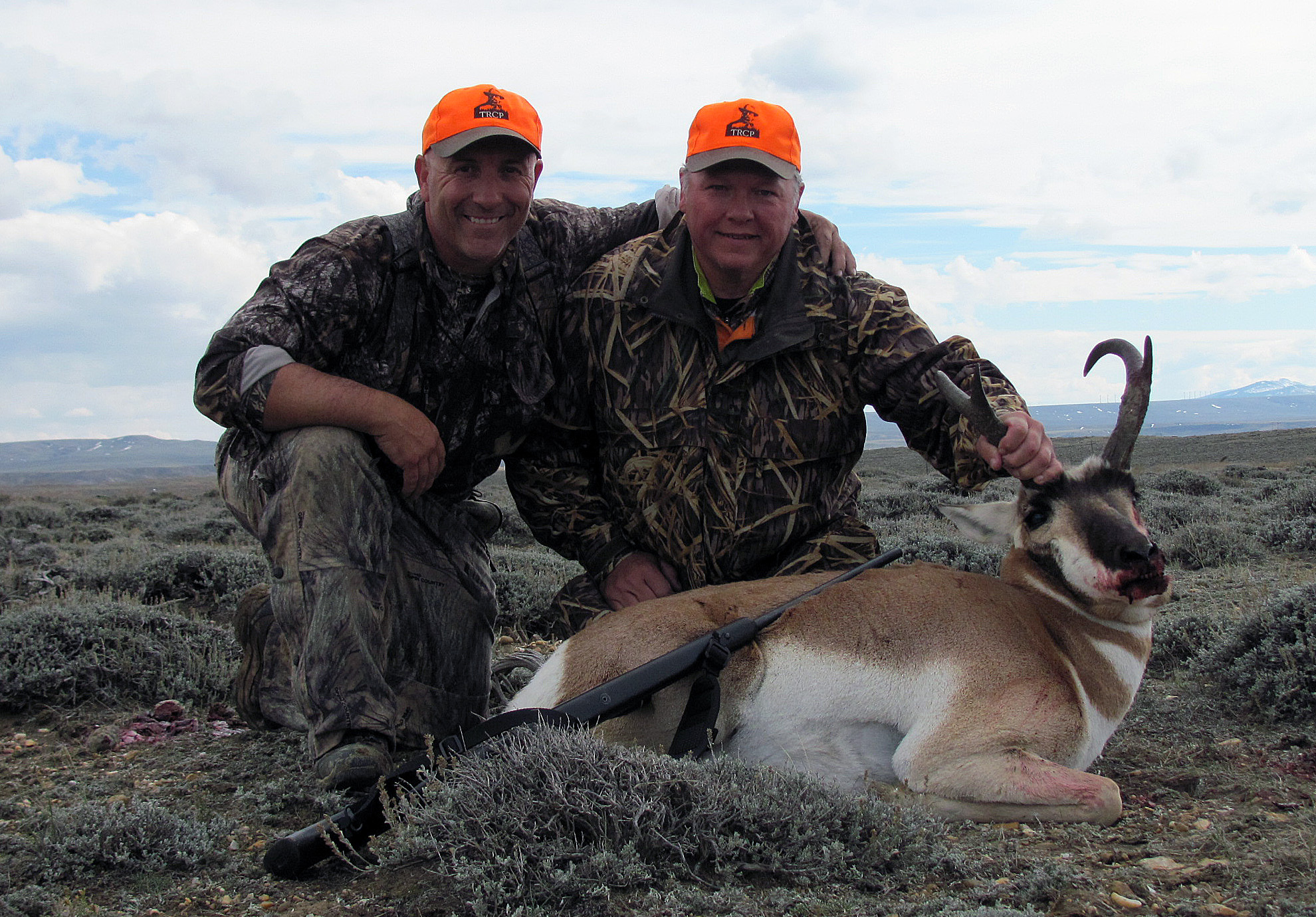
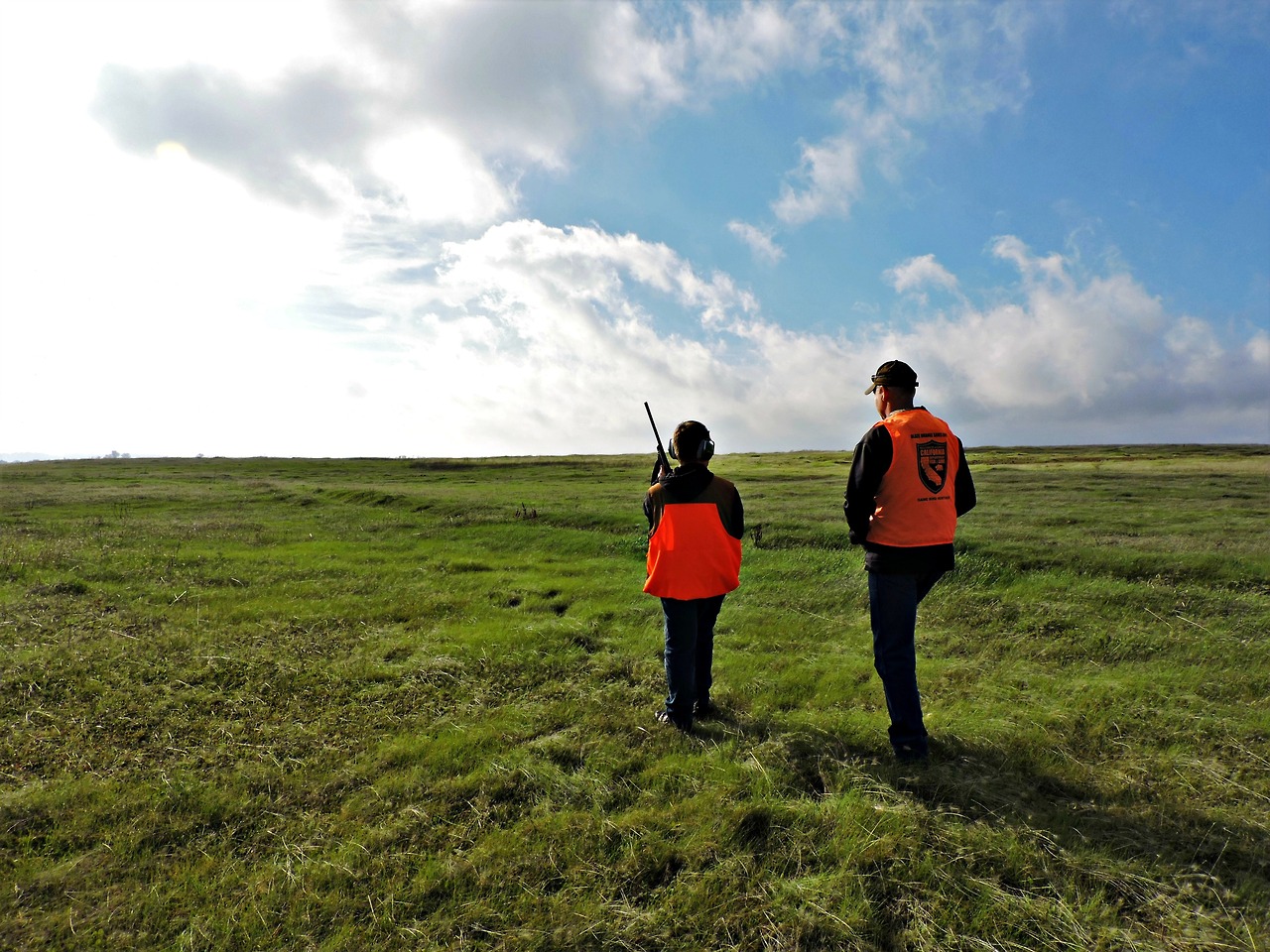
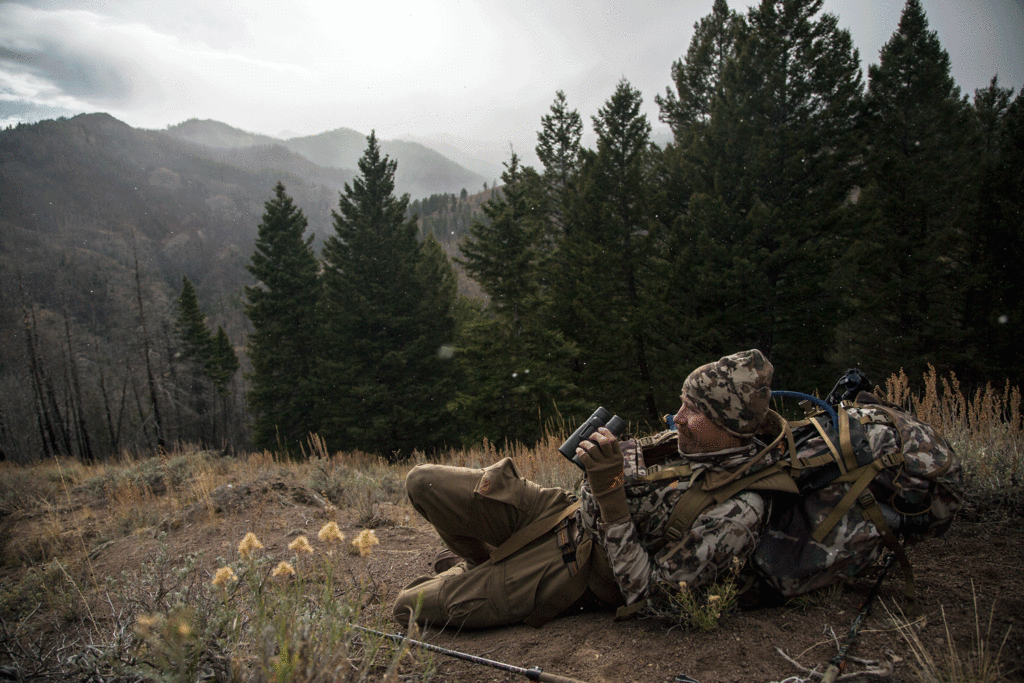
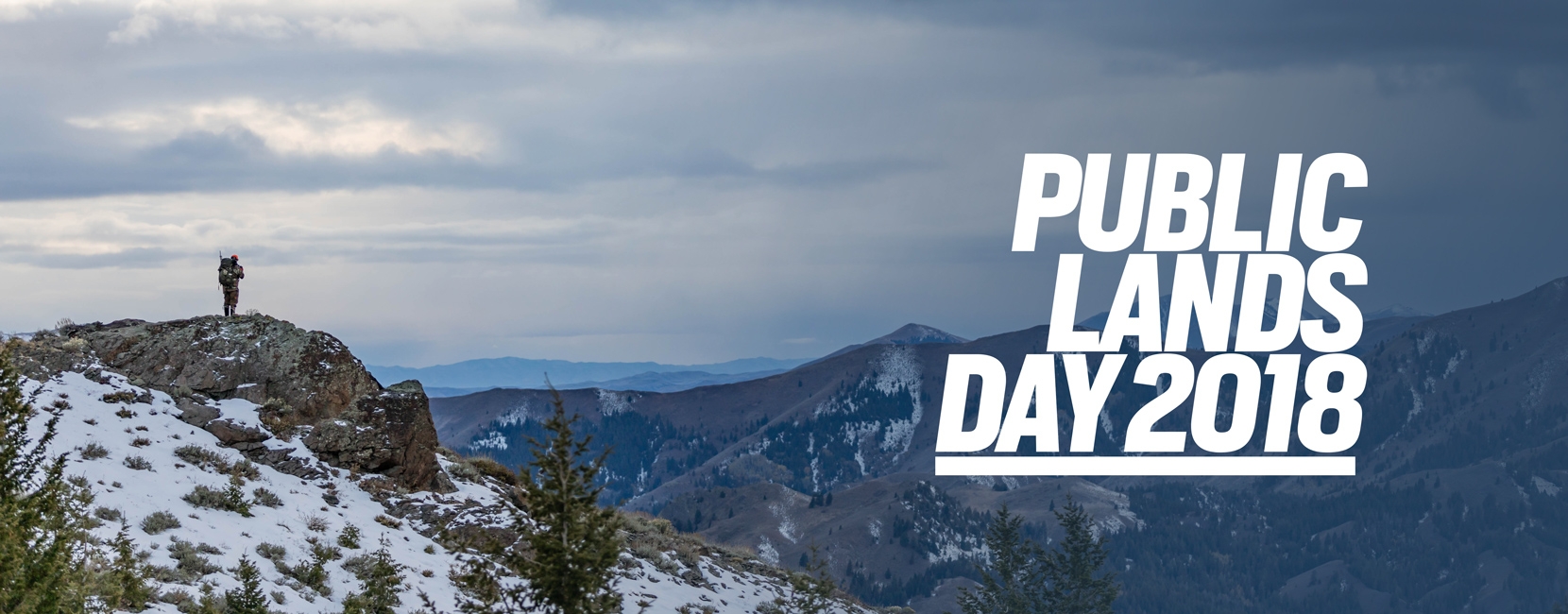




I support the funding for this research 100%. As an avid elk and deer hunter in Colorado, and someone who truly values our wildlife and wild places, I think that answers to this disease are very important.
I have hunted deer in the past because it has not been tainted by the toxic feeds that go into CAFO raised animals. I eat entirely organic because of the toxic food supply in the U.S. that is supported by the government and resent my tax dollars used as welfare for corporate agriculture. Cw
d has the potential to wipe out deer and other game mammals as well as infecting humans. I support more science on understanding CWD to reduce the spread.
As a licensed guide and avid hunter, I am pleased to hear of Senator Barrasso’s bill. We just had our first whitetail test positive for CWD in one of our premier deer hunt areas. The Long Island New York hunter who’s deer tested positive, comes to Wyoming as often as he can get tags, and he tells me he is genuinely concerned about the loss of the meat. He has expressed concerns about returning and hopes CWD does not stop his pilgrimage to our state. I am now advocating to testing of all potential species taken with my own deer having been recently tested. (Tested negative) The economic ripple effect to tangent industries other than Game and Fish management like Airlines, Lodging and Restaurants is potentially staggering. (Especially in states like ours where the economy oftentimes depends on seasonal sales. The hunting season here is indeed one of those arenas.)
I understand the disease is transmitted thru body fluids- so why do we have to use “synthetics” the deer don’t ingest the deer scents-